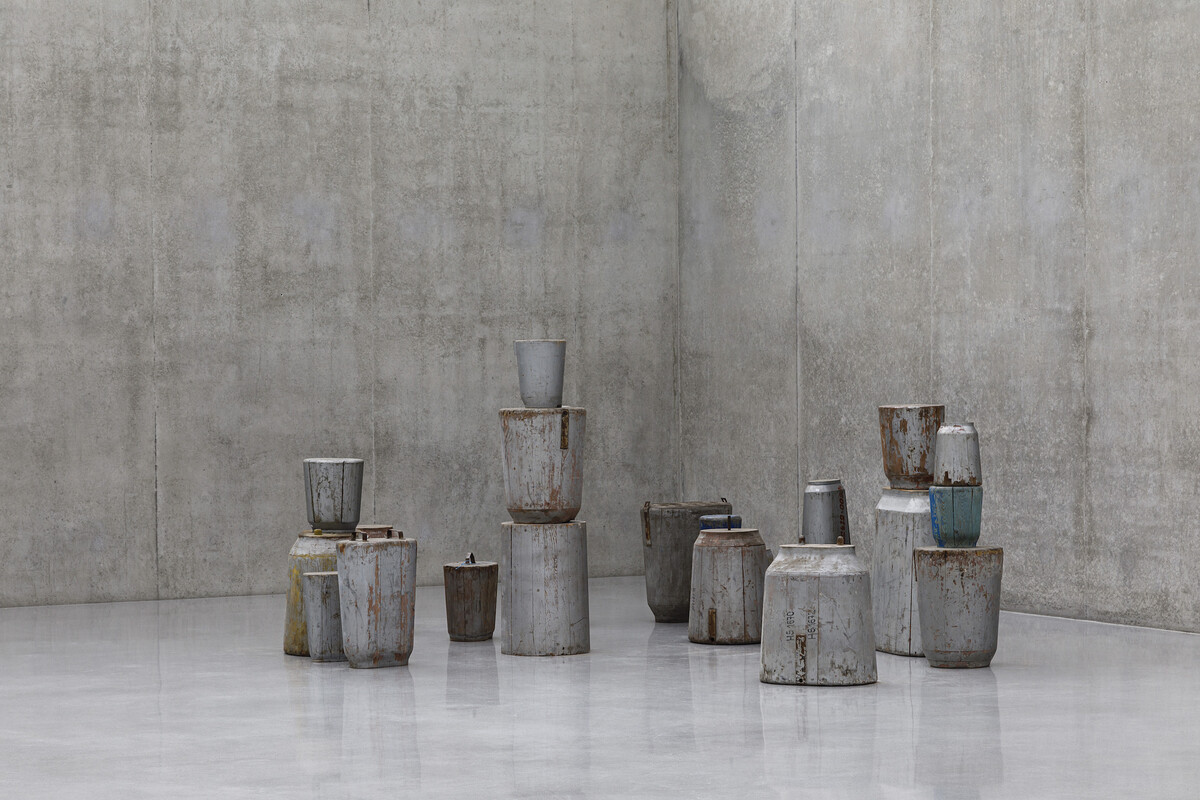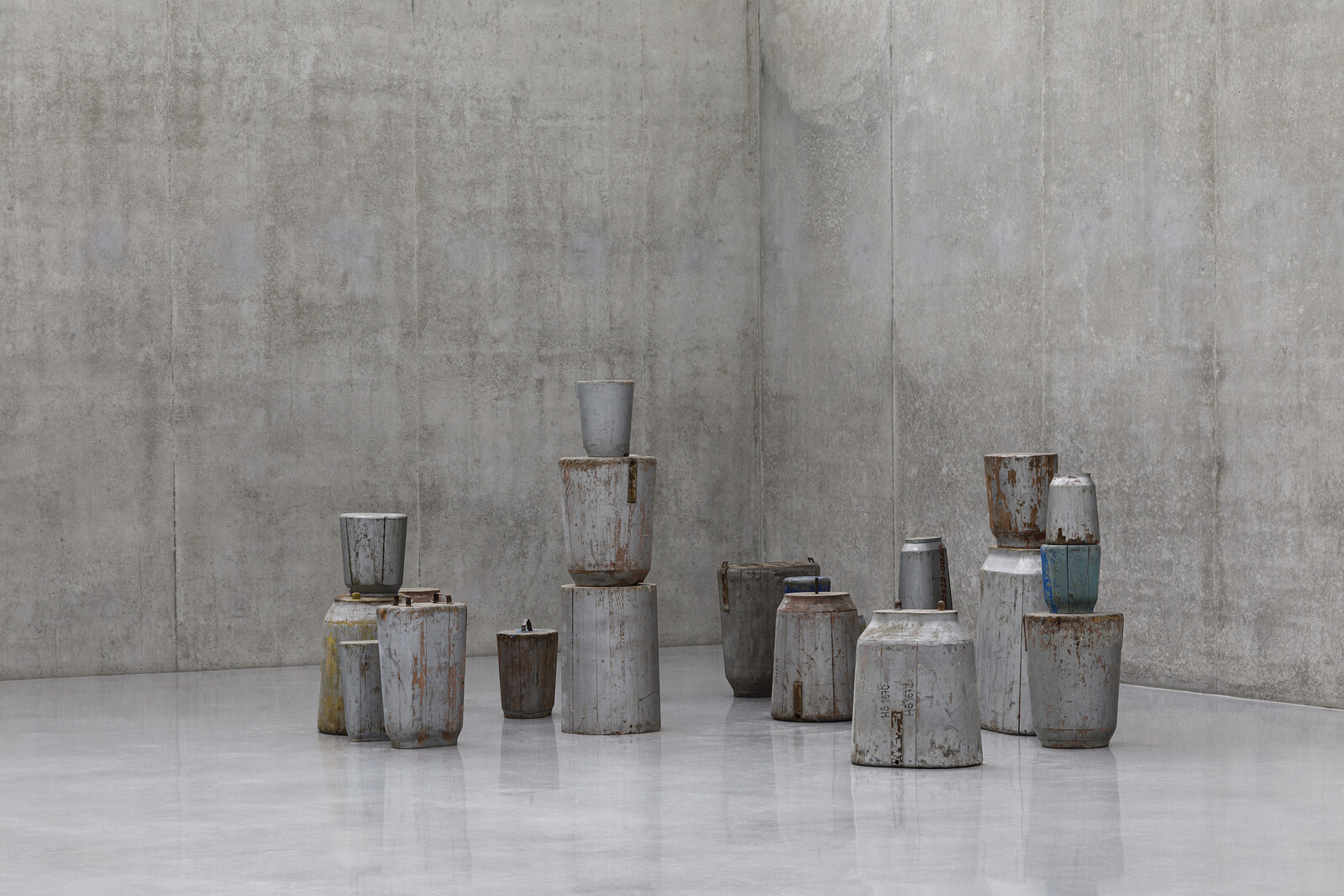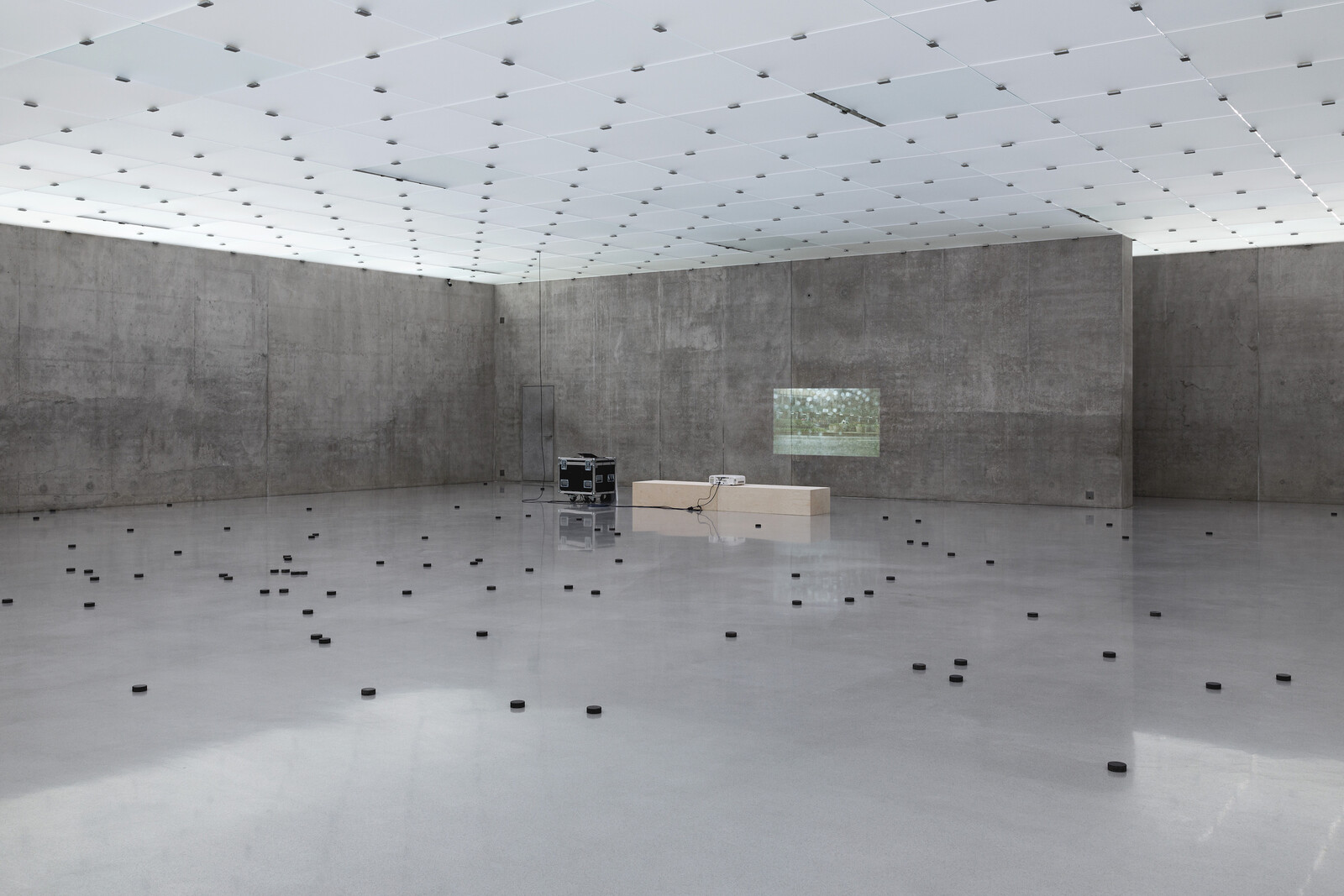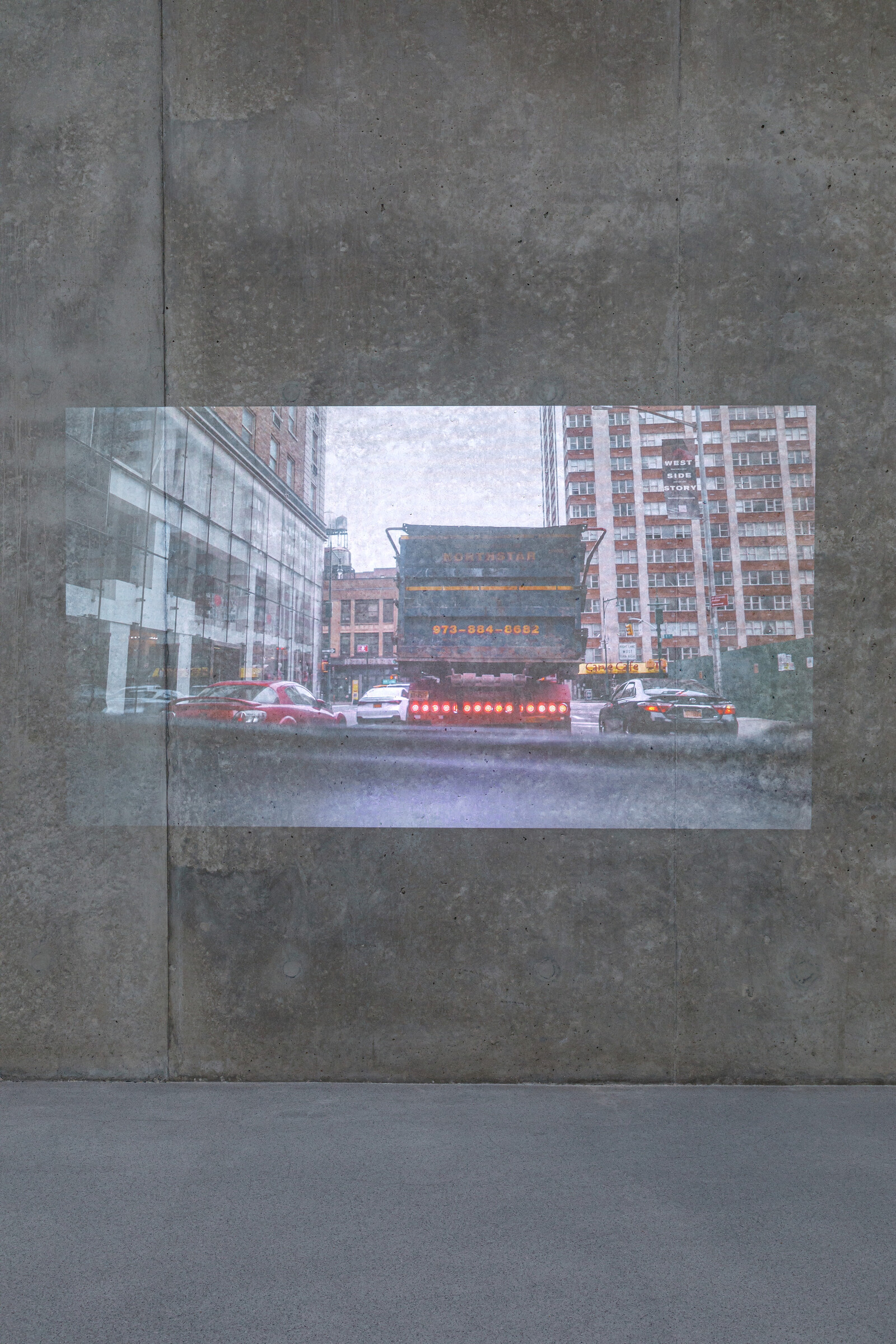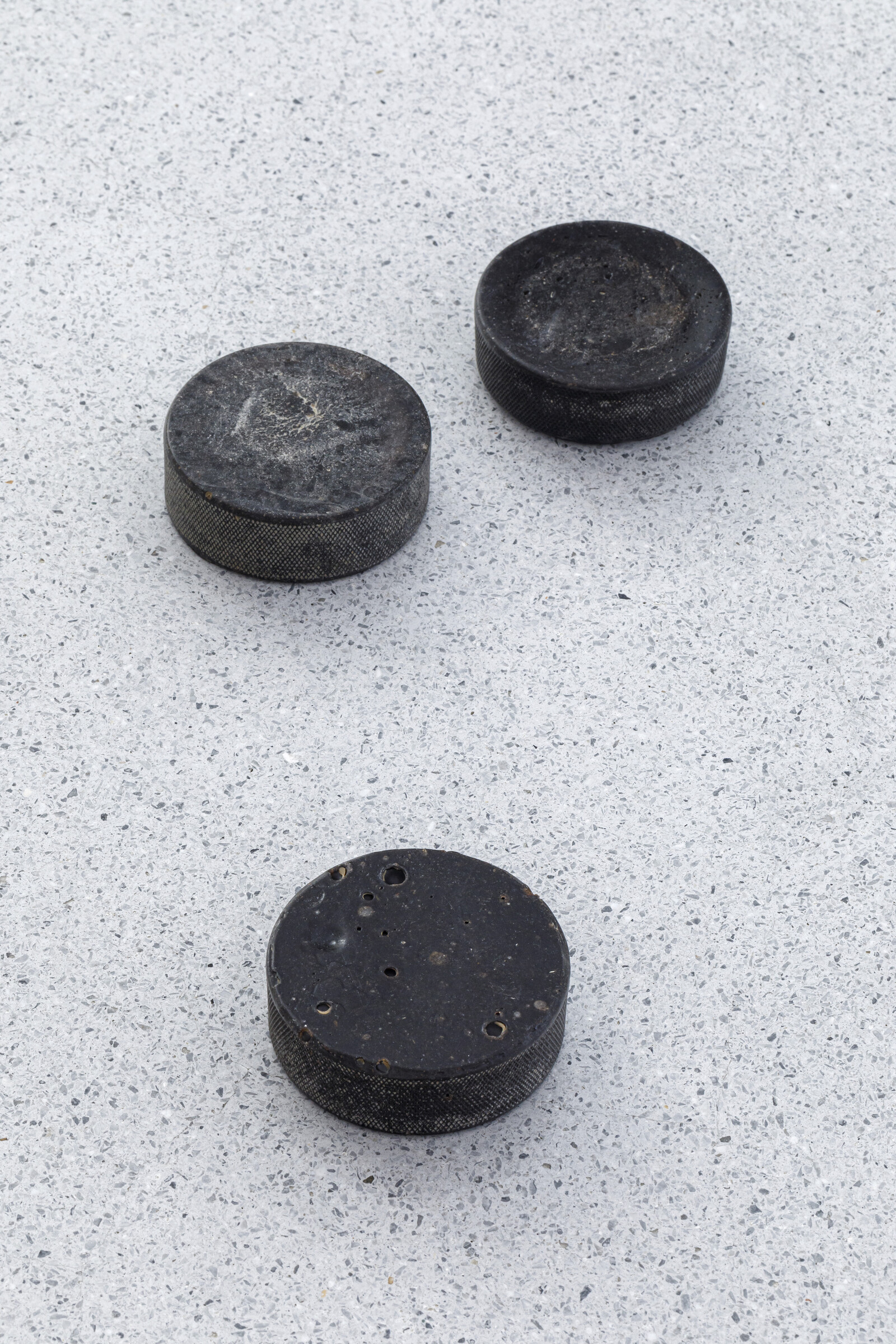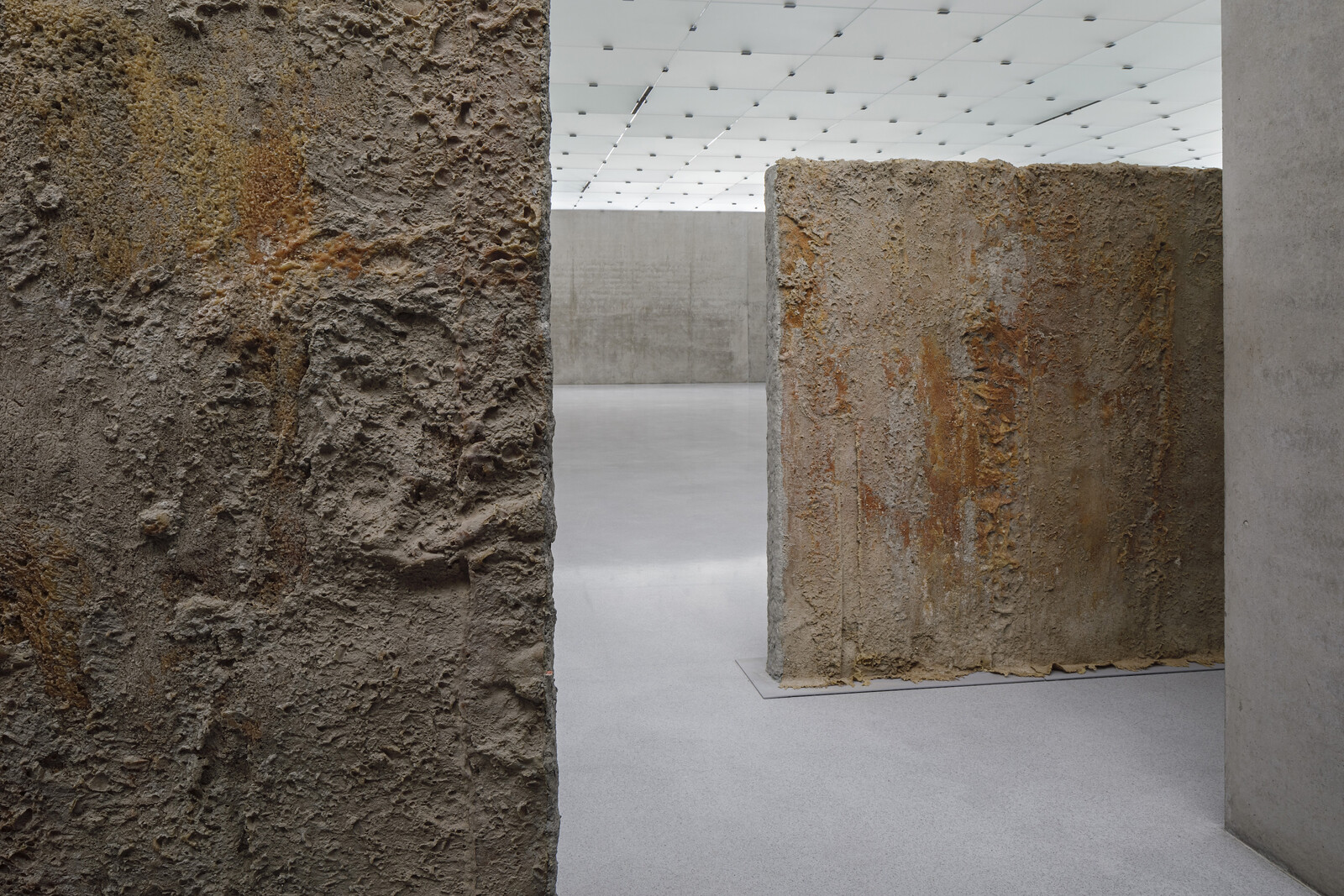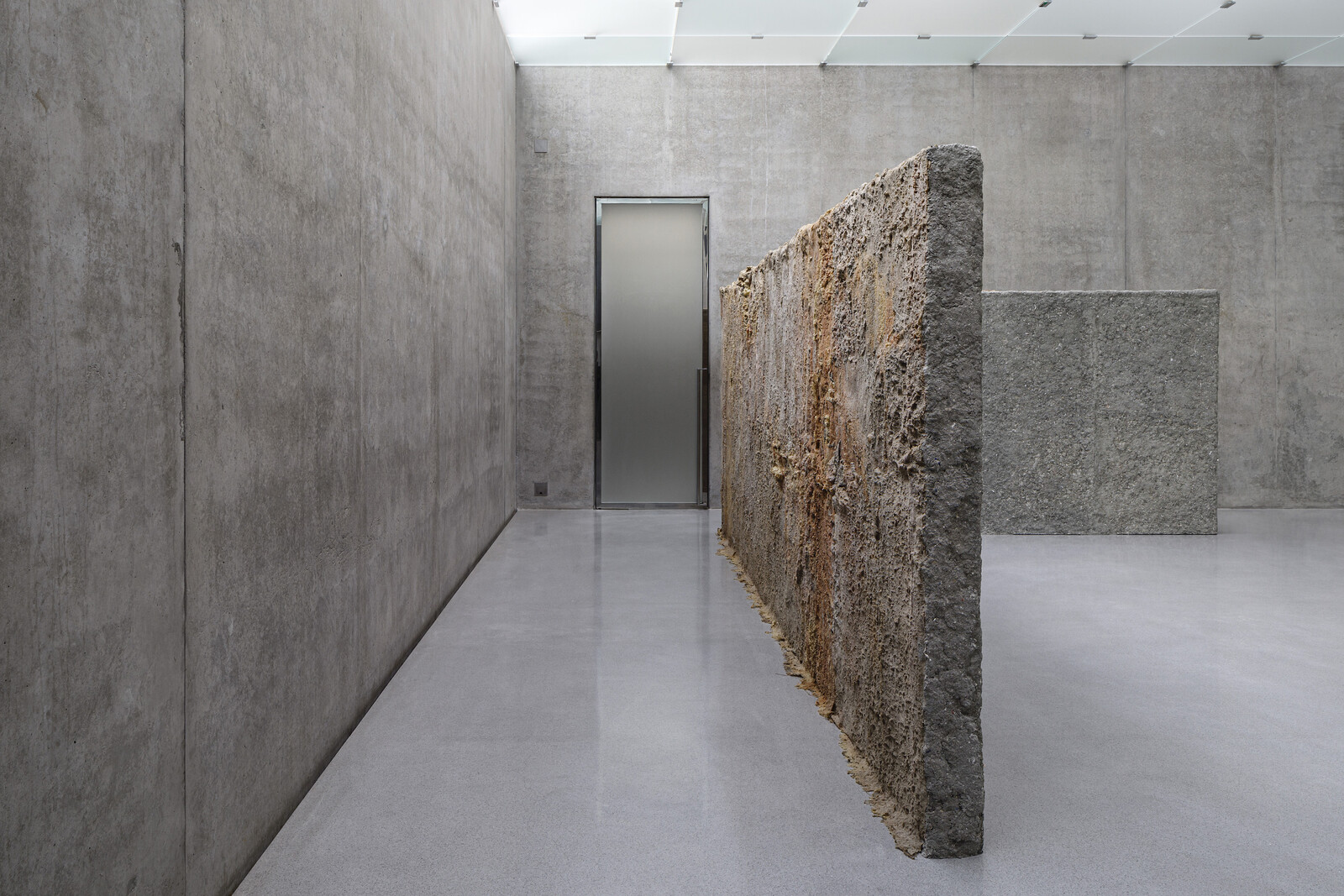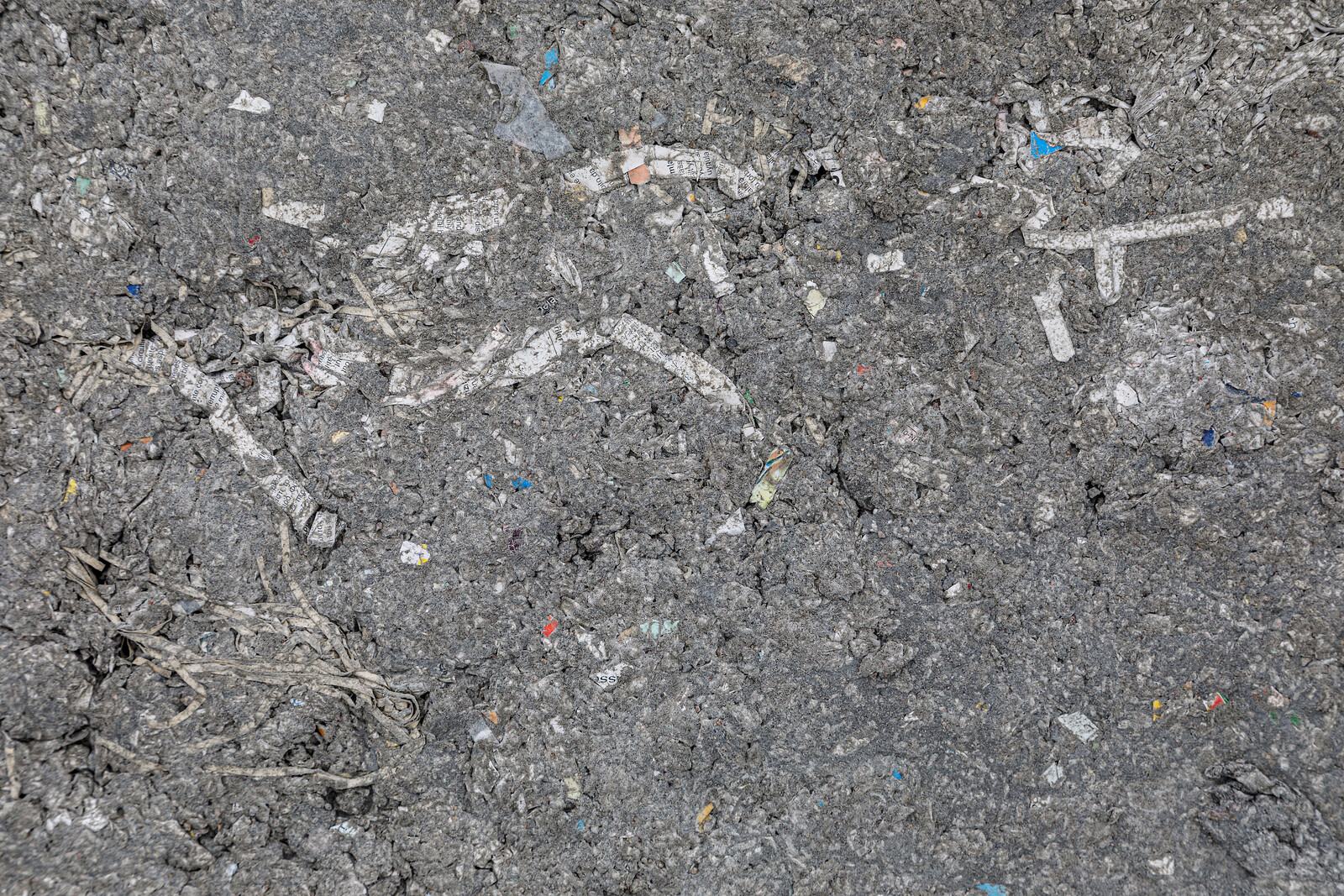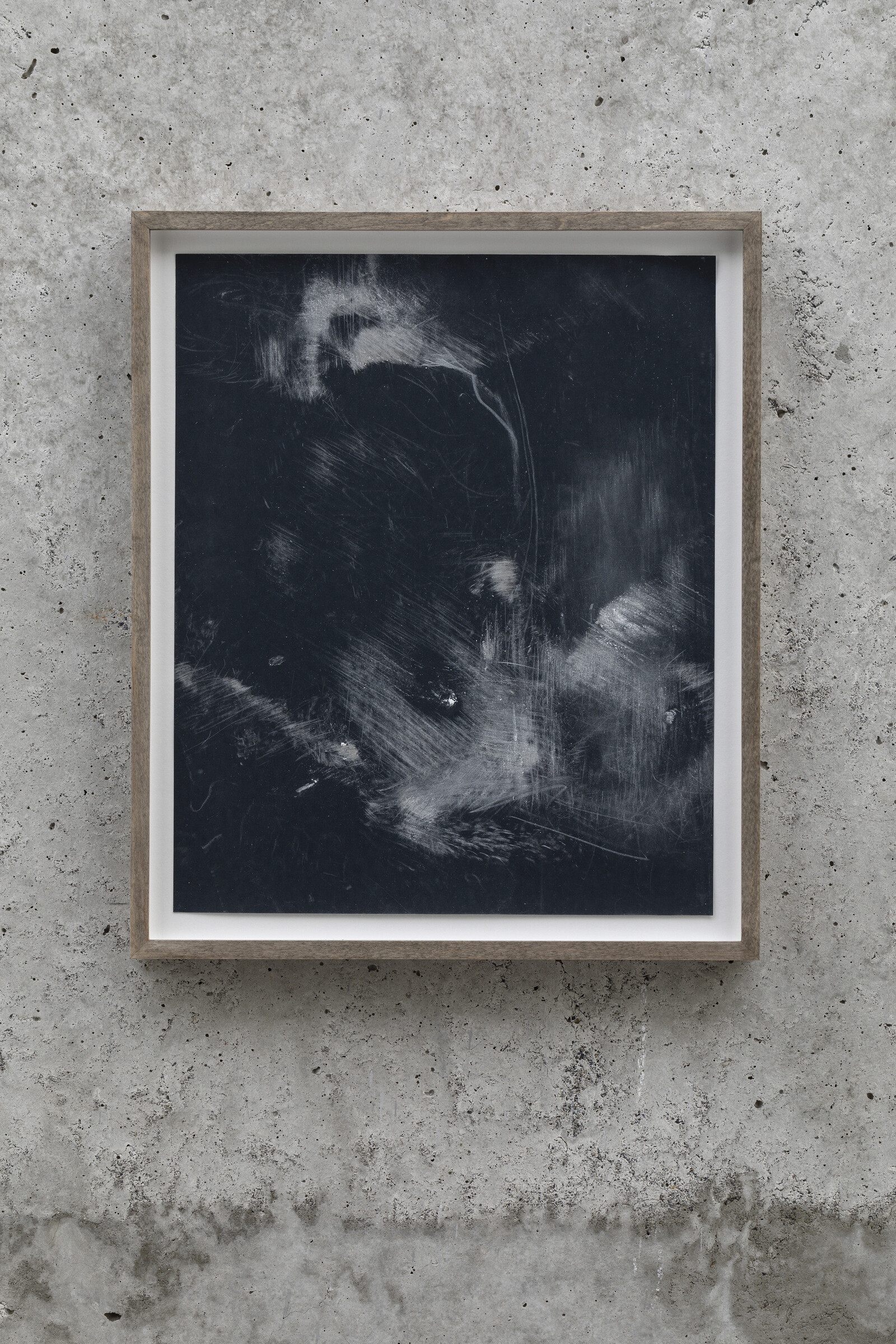With my nose to a millimeters-wide gap between wall and floor on the building’s top story, I tune in to a thrumming disruption. Dora Budor has channeled it into the very arteries of the Kunsthaus Bregenz: remote-controlled sex toys have been placed in a ventilation system that should operate invisibly and inaudibly. Instead sound resonates—sometimes faintly, then a crescendo, a solid impression. For an extra frisson, the 2022 work is titled Termites, to spell fear for wooden-building-dwellers the world over. The stimulation might be a gift or a curse.
In his famous 1976 essay, Brian O’Doherty defined what a white cube for art means: a space aspiring to neutrality, even if that is ultimately an illusion. In Bregenz, the architect Peter Zumthor took a controlled environment for display to the next level, creating a blank page onto which art can be written. In an array of sumptuous stone-based material treatments, four high-ceilinged galleries are stacked on top of each other, connected by straight flights of stairs to make a nigh-on spiritual experience. (Spiritual spaces are a Zumthor speciality; among his best-known projects are the Bruder Klaus Feldkapelle, or field chapel, outside Bonn, and the Kolumba Museum in Cologne, which nestles around a church ruin.) The exterior of the Bregenz building doesn’t try too hard; what is inside matters.
But Budor, who trained as an architect, creeps into the interstices and explores the tissues of this building that would like to disappear. Her exhibition really kicks off on the first story, where the entrance is at first blocked by a wall, its rust-coloured latex skin supported by a papercrete construction. Walk around it and a constellation of such structures, Kollektorgang (I-XIV, XV-XXIV and XXV-XXIX) (all 2021), marking corners becomes evident, set in from the gallery walls at a meter or two’s distance, latex of various textures on the outer side, gray paper mud facing into the space. Budor has been into the substructure of the building, the service duct with so-called diaphragm walls that protect the Kunsthaus structure from its immediate context—Lake Constance—where water seeping in is pumped away. Now, positioned as far within gallery walls as the tunnel below is outside them, the structures are casts of the tunnel surfaces and make an additional filter for viewers to pass through.
Budor has filled the floors of the Kunsthaus sparely; the works themselves are rarely demonstrative, less dramatic than the artist’s previous presentations, notably at Kunsthalle Basel in 2019. The pieces draw connections on formal and linguistic registers, then let them reverberate. The whole building is the instrument with which the artist amplifies thematic chords: architecture chimes with gender and with finance, the human body meets built form, in harmony or discord. Thus her Kollektorgang walls bring organically accreting, messy sedimentation into a clean environment, divert visitors’ movements, slow us down to think of what “diaphragm” can mean: the muscle with which we breathe, acoustic membranes, birth control. Indeed, control is the overarching concept: the exhibition title, “Continent,” can mean the expanse of a huge land mass, or the personal, local, private containment of not being incontinent.
The building has been infiltrated by materials brought from her site of production, a normal form of exhibition, but articulated here. The papercrete is from shredded Berlin office waste. A collection of not-quite explicable casting moulds found in the same city, each about the size of a torso, makes the work 27 Male Molds (2021) arranged in a cluster. A similar form appears in Shell Which Fell Without Exploding (2021), a photograph reproduced from the British World War One magazine The Illustrated War News showing an Austrian shell, like a giant bullet, that once landed “blind” in Italian trenches. An Italian soldier poses beside it to show its size: two bodies lie side by side, one would-be victim, one concentrated violence, almost embracing. And for further intensity, the floor on the second story is dotted with Pucks (bagarreurs) (2021), dull, dark pucks made from used coffee grounds from the bistro in the next-door administration building. In something close to symbolic overload they reference both aggressive, flying (sporting) artillery and leisure. They also return waste into a use cycle, as well as highlight how the Kunsthaus Bregenz’s design removed various museum building functions from the site of exhibition.
Budor’s works here are, ultimately, slight manipulations. She has not broken the building nor made a visible mark upon it. She has nonetheless drawn our attention to latent forces in the corset of this and other buildings and, of course, in the society of the people who inhabit them. But rather than accepting the tacit mechanics at work in the museum, the restraint and violence employed to enable this would-be neutral space, she inspects, sounds out, and disrupts how they function. Inside the museum she plays those instruments to her own tune.
